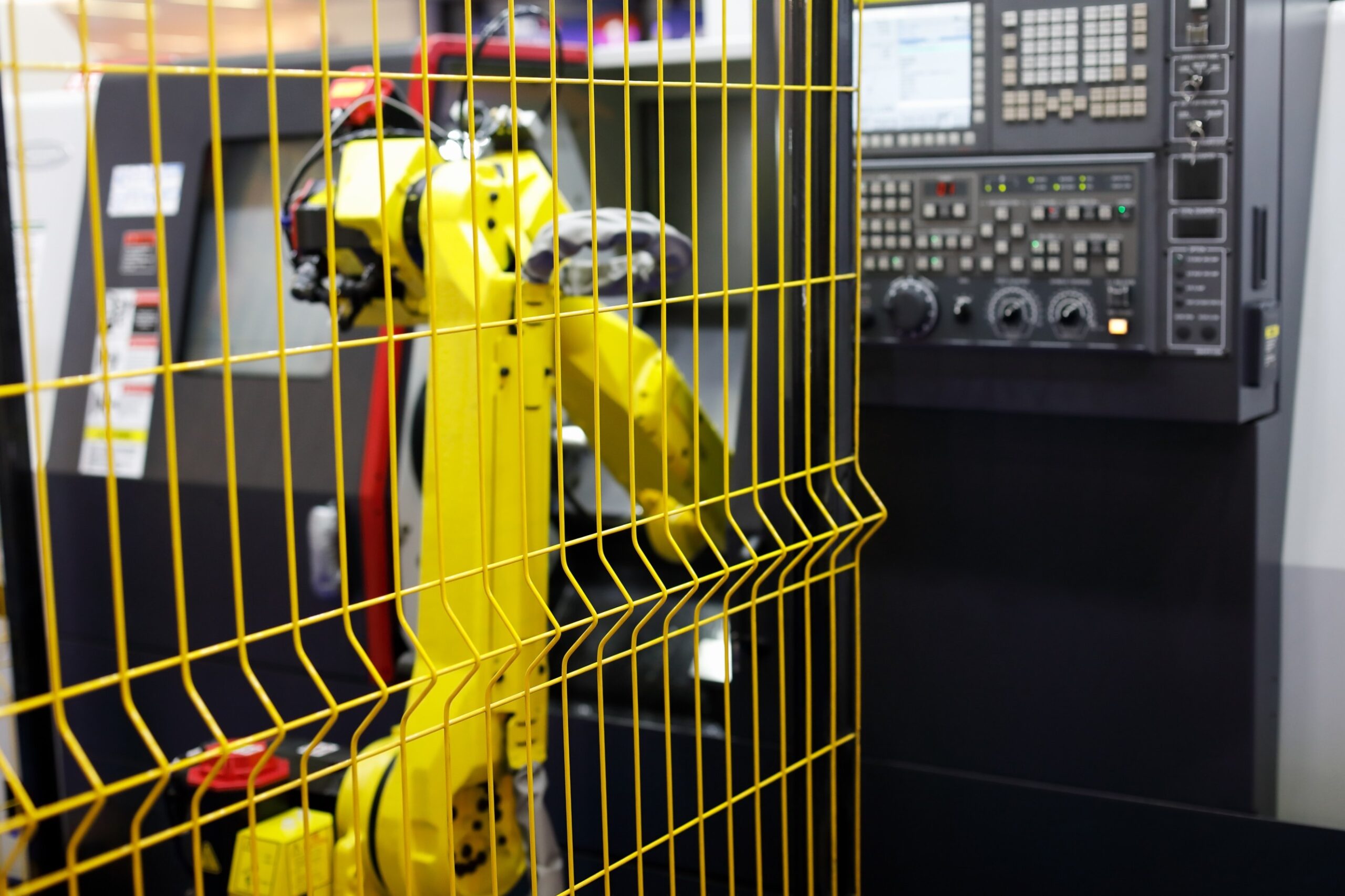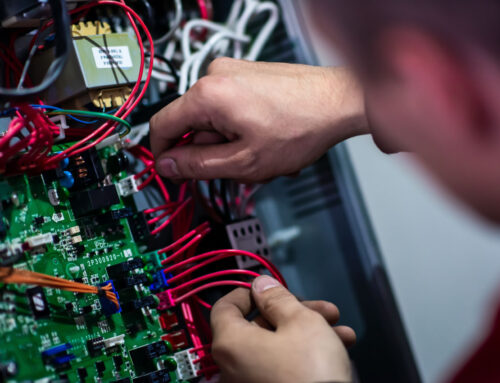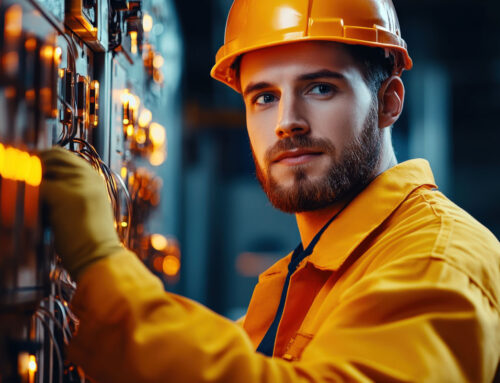Machine guards play a pivotal role in ensuring workplace safety, protecting operators, and preventing accidents. Let’s explore the principles, types, applications, and benefits of machine guards, and how to ensure the safe use of machinery and equipment.
Principle of Machine Guards
Machine guards are physical barriers or protective devices that shield workers from hazardous machine components. The primary goal is to prevent contact with moving parts, sparks, or other potential dangers during machine operation. The principle behind machine guards is to create a barrier that allows the equipment to function effectively while minimizing the risk of accidents.
What are the 5 types of machine safeguards?
- Fixed Guards: Permanently attached to the machine, these guards provide a solid barrier to prevent access to dangerous areas.
- Interlocking Guards: These guards are equipped with interlocks that stop the machine when the guard is opened or removed, ensuring the operator’s safety.
- Adjustable Guards: Flexible and adaptable, these guards can be repositioned to accommodate different machine setups while maintaining safety.
- Self-adjusting Guards: These guards automatically adjust to the size of the material being processed, offering a dynamic and efficient protective solution.
- Presence-Sensing Devices: Using sensors, these guards detect the presence of an operator and stop the machine if someone gets too close, providing an additional layer of safety.
Applications and Benefits of Machine Guards
Machine guards have many applications, the most common include:
- Metalworking machinery
- Woodworking equipment
- Conveyor systems
- Robotics and automation
- Power presses and stamping machines
The number one benefit of machine guards is injury prevention. Machine guards protect operators from injuries caused by moving parts, cutting tools, or ejected materials. Other benefits include:
- Increased productivity: With enhanced safety, workers can operate machinery confidently and efficiently.
- Regulatory compliance: Adhering to safety standards and regulations ensures a compliant and legally sound workplace.
- Equipment longevity: Machine guards shield equipment from damage, extending its operational life and reducing maintenance costs.
How Do You Ensure the Safe Use of Machinery and Equipment?
Ensuring the safe use of machinery and equipment is of paramount importance and requires a comprehensive and proactive approach.
- Regular Maintenance: Keep machinery in good condition through routine inspections and maintenance to identify and address potential issues promptly.
- Employee Training: Ensure that operators are well-trained in proper machine operation, safety protocols, and the correct use of machine guards.
- Risk Assessment: Conduct thorough risk assessments to identify potential hazards and implement appropriate machine-guarding solutions.
- Continuous Monitoring: Regularly monitor equipment and safety protocols to adapt and improve as needed, maintaining a proactive approach to safety.
By integrating these measures, businesses can create an environment where machinery operates efficiently while prioritizing the well-being of those interacting.
Integrating machine guarding into equipment from the start is not just a safety measure; it’s a commitment to creating a secure and productive workplace. By understanding machine guards’ principles, types, applications, and benefits, and by implementing comprehensive safety measures, businesses can safeguard their most valuable assets—their employees—and promote a culture of safety and efficiency. At RBT Automation and Electrical, we prioritize your safety and are here to support you on your journey toward a safer and more productive work environment.






